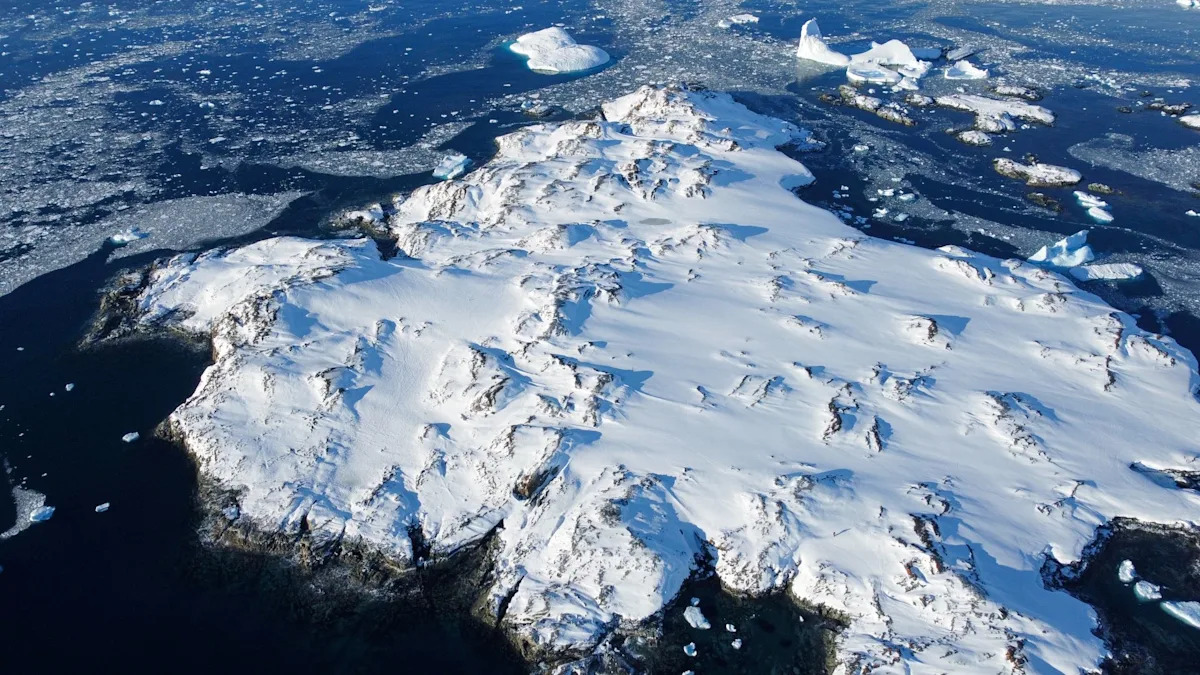Many of the world’s top climate scientists are sounding the alarm over a number of rapid changes currently impacting Antarctica and its vulnerable ecosystems.
What’s happening?
As global temperatures have steadily risen over the years, their impacts have been felt throughout all regions in Antarctica. These impacts range from ice shelf collapse to the disruption of delicate marine ecosystems that support wildlife such as penguins and krill.
As reported by Oceanographic, researchers who met in London in September fear that these impacts may soon be pushing us close to the point of no return. As conditions in Antarctica worsen, global temperature may continue to rise, leading to further sea level rise and unpredictable weather patterns.
According to Michael Meredith, oceanographer at the British Antarctic Survey, it’s not just the severity of these impacts but the rate at which they are occurring that is most concerning.
“Antarctica is changing faster than we ever imagined,” Meredith said in the Oceanographic report. “These changes are already affecting communities and ecosystems worldwide. Urgent action to cut greenhouse gas emissions and strengthen resilience is essential if we are to avoid crossing dangerous thresholds.”
Why are rapid changes in Antarctica concerning?
Scientists meet regularly at the Royal Society in London to discuss a number of topical issues impacting the world. While many previous meetings have addressed major scientific advancements and opportunities, the recent gathering focused greatly on the impacts of rising temperatures on Antarctica and how this affects us all.
The society’s meeting on the global impacts of Antarctica’s rapid changes aimed to raise various concerns about the future of our planet. “We urgently need to understand these unprecedented extreme events in Antarctica if we’re going to make robust predictions of future change,” said Kate Hendry, an oceanographer with the British Antarctic Survey team, per Oceanographic.
“The process behind these extreme events, and any tipping points, are not incorporated well into computer models at the moment, so our forecasting ability is not good enough,” added Hendry.
The continent’s rapid changes can serve as something of a warning sign for global climate shifts. The far-reaching consequences have already affected coastal communities worldwide, and with quickly changing weather patterns and intensifying natural disasters, more communities may be severely impacted.
What’s being done about global impacts of ice loss in Antarctica?
In a report by the Intergovernmental Panel on Climate Change, researchers made predictions about the rate of sea level rise by 2100. According to some models, the planet may see water levels rise by several feet. Much of this rise may be caused by the continued ice loss in the polar regions.
Sea level rise can not only lead to widespread coastal flooding, but it can also damage infrastructure and essential ecosystems such as wetlands and mangroves. Higher sea levels can also play a key role in supercharging storms, in part by increasing the height of storm surges. Over time, such changes can force the mass displacement of populations and threaten the long-term viability of coastal communities.
Efforts to address rising global temperatures have primarily focused on reducing planet-heating carbon pollution by transitioning from fuel-burning energy sources to renewable energy sources such as solar power. Countries around the globe have sought to take part in proactive initiatives such as the Paris Agreement in order to work toward creating a cooler and brighter future.
Join our free newsletter for good news and useful tips, and don’t miss this cool list of easy ways to help yourself while helping the planet.
First Appeared on
Source link













